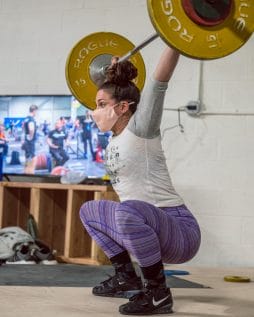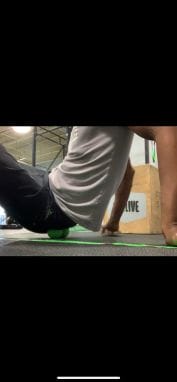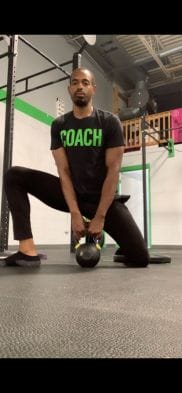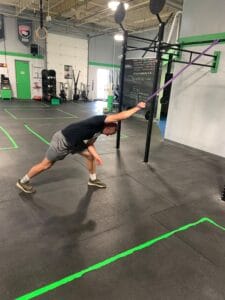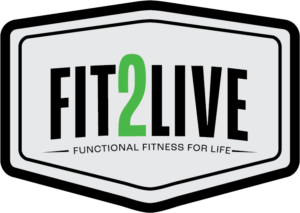[fusion_builder_container type=”flex” hundred_percent=”no” equal_height_columns=”no” menu_anchor=”” hide_on_mobile=”small-visibility,medium-visibility,large-visibility” class=”” id=”” background_color=”” background_image=”” background_position=”center center” background_repeat=”no-repeat” fade=”no” background_parallax=”none” parallax_speed=”0.3″ video_mp4=”” video_webm=”” video_ogv=”” video_url=”” video_aspect_ratio=”16:9″ video_loop=”yes” video_mute=”yes” overlay_color=”” video_preview_image=”” border_color=”” border_style=”solid” padding_top=”” padding_bottom=”” padding_left=”” padding_right=””][fusion_builder_row][fusion_builder_column type=”1_1″ layout=”1_1″ background_position=”left top” background_color=”” border_color=”” border_style=”solid” border_position=”all” spacing=”yes” background_image=”” background_repeat=”no-repeat” padding_top=”” padding_right=”” padding_bottom=”” padding_left=”” margin_top=”0px” margin_bottom=”0px” class=”” id=”” animation_type=”” animation_speed=”0.3″ animation_direction=”left” hide_on_mobile=”small-visibility,medium-visibility,large-visibility” center_content=”no” last=”true” min_height=”” hover_type=”none” link=”” border_sizes_top=”” border_sizes_bottom=”” border_sizes_left=”” border_sizes_right=”” first=”true”][fusion_text]
Mobility Techniques
Injuries occur in the gym. 98% of the time they are caused by two things, missing ranges or motion and/or moving in bad positions. These two have a deep correlation. If you are missing key ranges of motion (Hypomobility/Immobility), you cannot move in optimal, safe positions. The missing ranges of motion are most commonly caused by shortened, overused, overworked muscle and connective tissue. Through everyday life and training, muscles and connective tissues get stiffer and shortened in order to deal with the demands that we put on them. To improve your mobility we must work to restore those tissues to more optimal quality so that they can function at their best.
There are an infinite amount of ways to mobilize and create changes in our muscle tissue. Picking the right mobilization for your restriction may be difficult. Some techniques work better than others for specific problems.
Here is a list of common techniques and how to use them to improve your body!
Pressure Wave
Pressure waving is a way to address muscle knots in the bigger, thicker muscles like the glutes, quads, and pecs. It’s like using a chisel to get deeper into the knotted-up tissues. To do this technique you will lay on top of a ball or roller and just relax. You will then sink deeper into the muscle. From there you make pressure waves by slowly rolling over the ball or foam roller with the full weight on the body. The slower you go the more effective it will be. The more relaxed you are the more effective it will be. If you move fast with tense muscles the mobilization will not make any changes.
Fit2Live Shoulder Griddle Routine
Contract and Relax
Our bodies will adapt to whatever positions we spend the most time in. If we sit at a desk often, ride a bike often, squat or press to half depth our muscles will shorten to fit those positions. To combat this adaptation to shortened muscle ranges of motion, the contract and relax method is quite useful. This technique is useful for lengthening muscles and returning them to their normal range of motion. To perform it you first stretch to the limits of your mobility. Then you’re going to build tension for 5 seconds, release, relax, and then move into the new end-range you created and hold for ten seconds. You’re going to repeat this for 3 cycles, creating a little more length each time. This technique is useful for addressing tight hamstrings, lats, and hip flexor muscles.
Coach EJ’s Back Stretch Routine
Banded Flossing
Sometimes the mobility issue is not knotted-up or shortened muscles. The issue may be Joint capsule restriction. As previously stated the body will adapt to whatever positions we spend the most time in. Not only will the muscle shorten but they then pull your joints out of optimal alignment which will lead to bad posture, impingements, and limited range of motion. Using a thick rubber band will help to pull those thick fibrous joint capsules back to their optimal position. To perform this you will attract a band to a pole and let the band pull the area back into position. You must relax and not fight the band as it pulls you back in alignment. From there you can move your body through different ranges of motion or you just relax and let the band work for you, both are effective. This is really good for improving hip function for squats and shoulder function for overhead movements.
Fit2Live Hamstring/ Hip Flexor Routine
Smash and Floss
This is the classic that most of us attempt when we grab a mobility tool. It’s a great tool for addressing muscle knots or sore areas when done correctly. Rolling up and down for 15 seconds is not enough to make change. For it to be effective you must first tack down or pinpoint the tight area or the muscle knot. From there you will move and flex the limb itself. For example, if you are working on your hamstrings you will first pin down the tight area and then flex and extend the leg. It helps to improve muscle function when the muscle is active, which is when you need it the most.
Fit2Live Hip and Thigh Routine
Paper-Clipping
If you bend a paperclip back and forth enough times it will lose its structure and be very malleable. The tissues in the hips are very similar. They are dense and thick but with enough movement and time they will open up and move into more optimal positions. If you have been squatting and feel that it becomes easier as you progress even though the weight is heavier it is because of this technique. It’s not just that the body is warmer, it is also that the body has opened up and now you are lifting in a position that is safer and more powerful. This technique requires moving in and out of the limits of your mobility. You are not staying in a static position, you are constantly moving and testing the limits of your mobility. Paper-Clipping works best for stubborn joints like the hips and ankles.
Combining
Most mobility issues are not caused by just one restriction, but many. Combining these techniques to address the area is going to lead to the best results. An example of this would be smashing and flossing your glute to release muscle knots, then contracting and relaxing the hamstring to create more length. Now that you have created more length you would then use a band to open up the hips. The possibilities are endless. The only thing that won’t work is doing nothing.
Now get to work, pick a muscle and a technique above that works best for that muscle group and enjoy your extra range of motion and better positioning with all things functional movement!
_____________________________________________
If you need help to figure out which mobility technique is right for you, sign up for our Injury Prevention Workshop on Saturday, March 18th from 11:30am-1pm.
In the workshop you’ll receive an individualized mobility routine for your specific issues and learn about all these techniques in person.
______________________________________________
Looking for 1-on-1 attention? Schedule a PT session with me, just email Brandon@fit2livegym.com to start working on your specific goals.
[/fusion_text][/fusion_builder_column][/fusion_builder_row][/fusion_builder_container]

